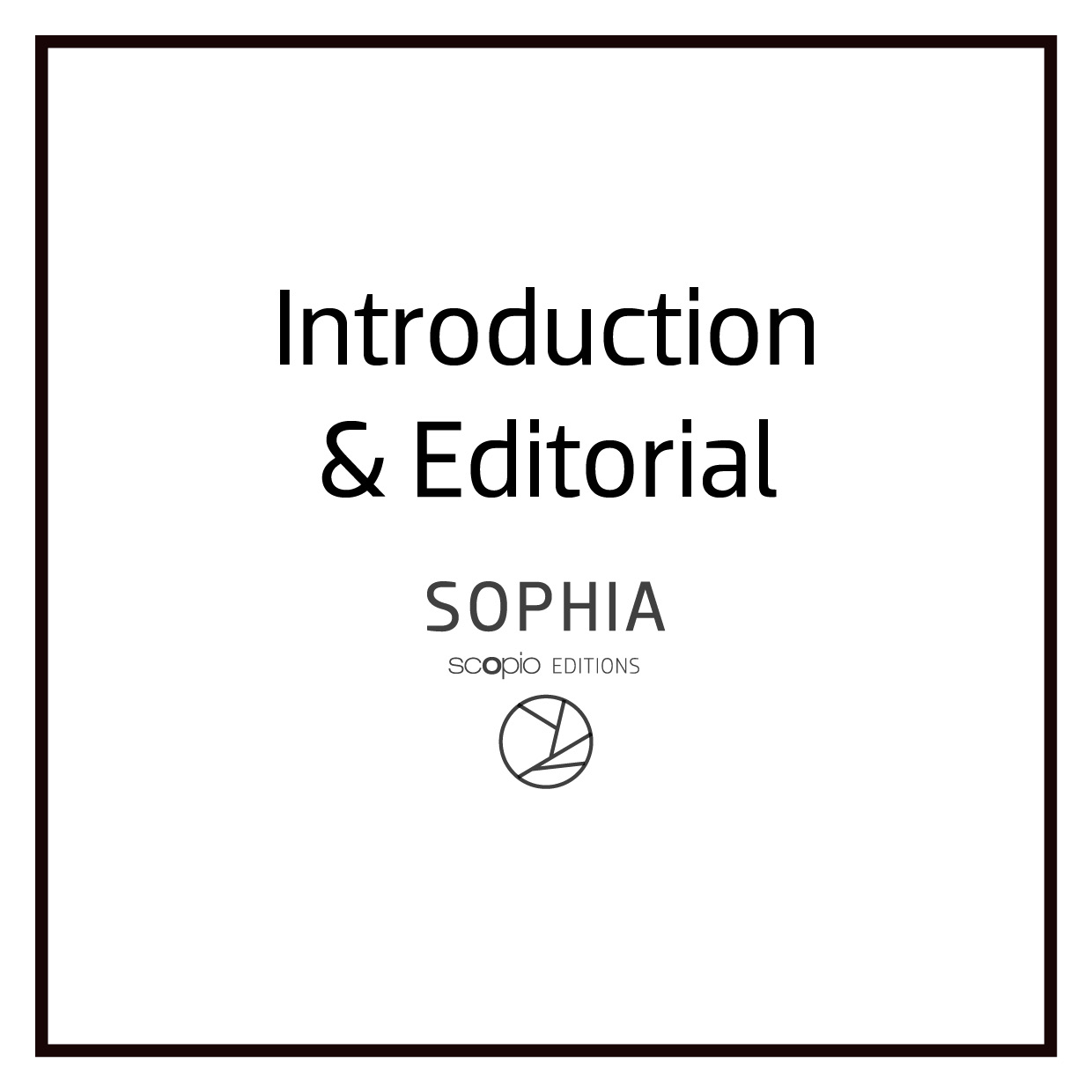
Types: Evidence of the Typical
##plugins.themes.immersion.article.figure##

Abstract
The pieces in this section share an interest in the typical and in the ways in which photography
can be used to provide evidence of that very typicality. Photography’s capacity to record
evidence has been central to its practice and theory from the outset, founded on the premise
(and the promise) of an indexical relationship between the thing recorded and the record made.
Of course that relationship could always be distorted, manipulated or fabricated by technical
means – with increasing ease and regularity in the digital era – but even such distortions would
only serve to point up the dominant assumption of fidelity, of the photograph simply recording
and conveying the facts. This is not to say, however, that such photographs would lack aesthetic
quality or conceptual interest. Mike Mandel and Larry Sultan’s seminal 1977 publication ‘Evidence’
enduringly demonstrated this through a careful selection and sequencing of photographs
culled from numerous government agencies and research institutions. Nominally objective, the
pictures were unfailingly strange, sometimes surreal, sometimes disturbing and often forlorn.
These were, as Sandra S. Phillips notes in her essay for the revised edition, ‘photographs made
for the purpose of record’, but by virtue of what they deemed worthy of recording, and how that
record was composed and framed, much was revealed, both about the unavoidably expressive
capacities of the medium and about the prevalence of scientific and technical development
which typified the era.1
Photographic evidence operates in distinct but related ways in each of these four pieces.
There is a shared affirmation that the making of photographs serves to confer significance and
value on something hitherto overlooked, ignored or misunderstood. In Jasna Galjer’s carefully
considered essay, she traces how the Kravica Children’s Health Resort in Croatia - a striking
piece of socialist-era architecture by Rikard Marasovic – is being reframed in terms of its cultural
meaning and value through photographic and filmic projects. Despite, or perhaps because of,
being neglected and in disrepair, the complex demands to be incorporated into the collective
consciousness, to allow its past to be reconciled with a potential future. This is as much to do
with its overt formal properties as its layered history in use, both of which are captured in the
photographic and filmic projects which Galjer discusses.
(...)
References
- Sandra S. Phillips, A History of the Evidence, in Mike Mandel and Larry Sultan, Evidence, New York: D.A.P., 2017 (first published 1977)